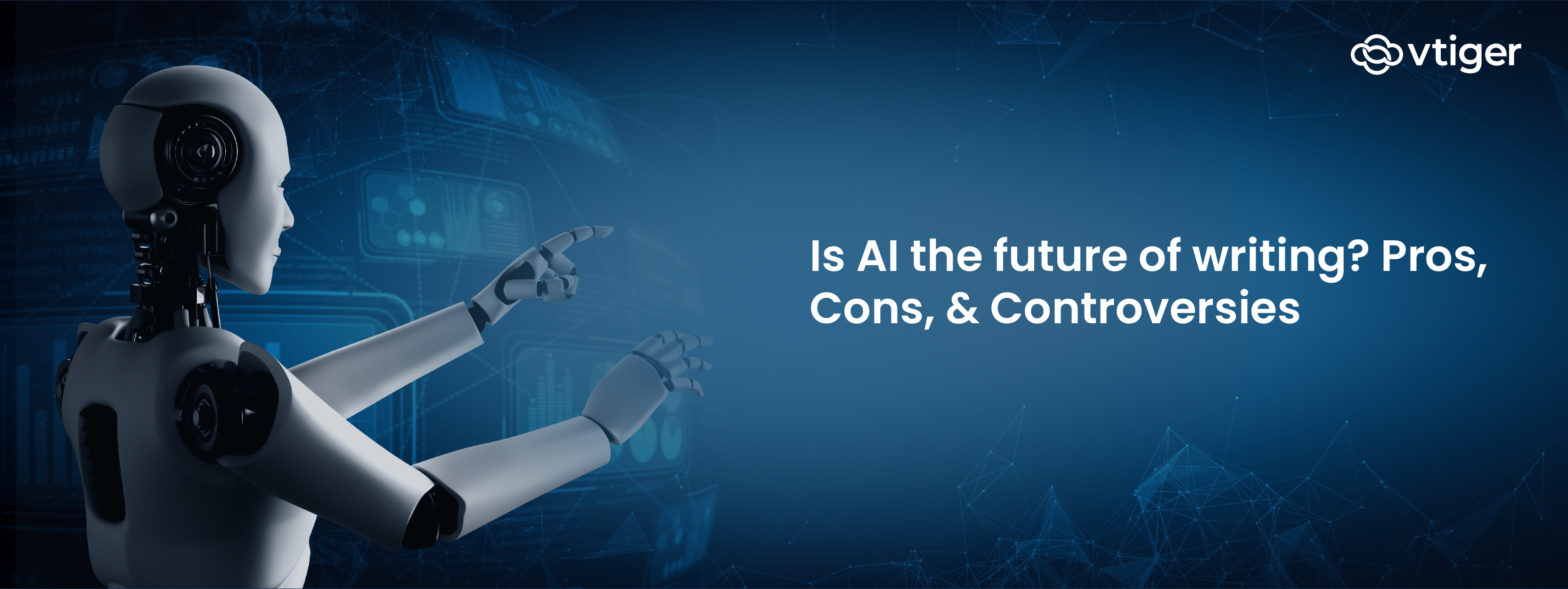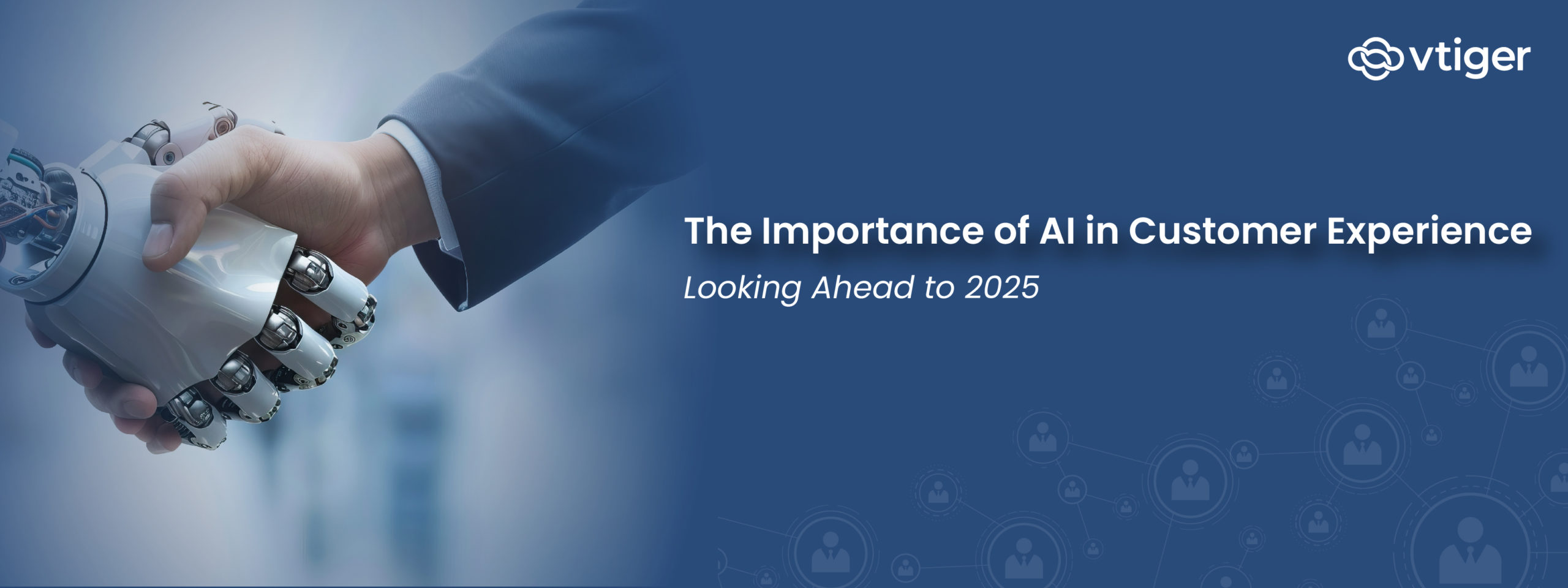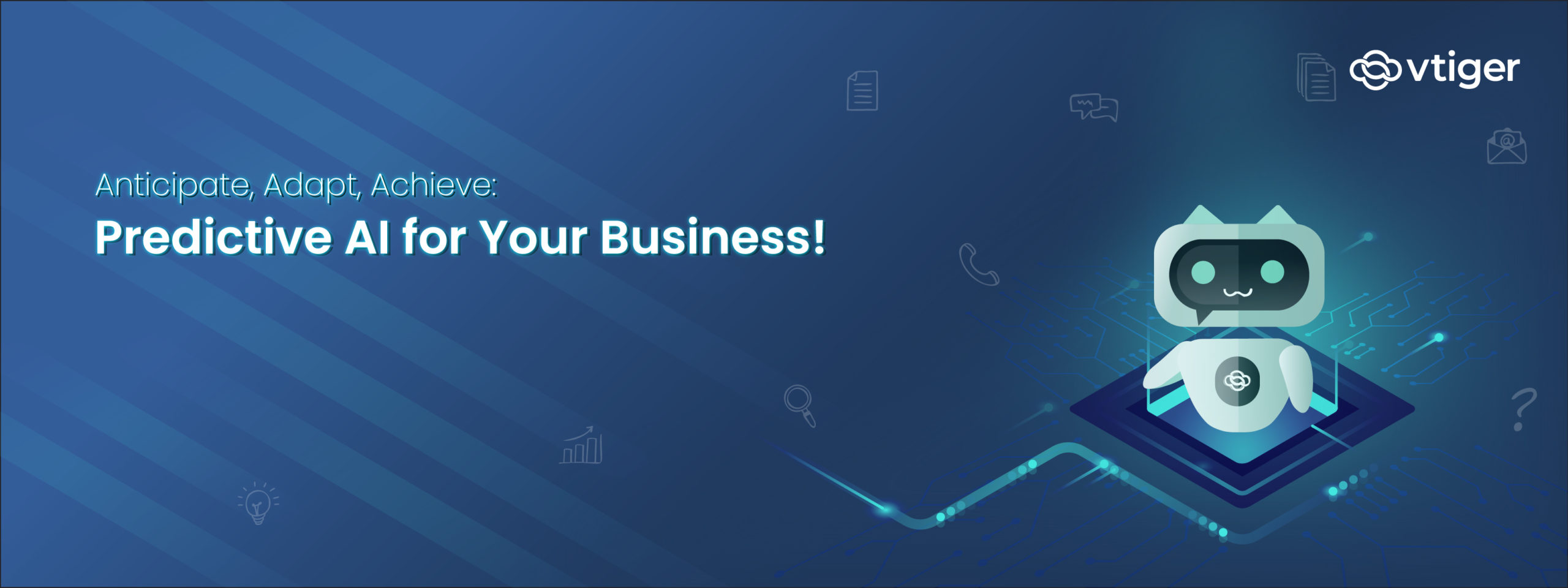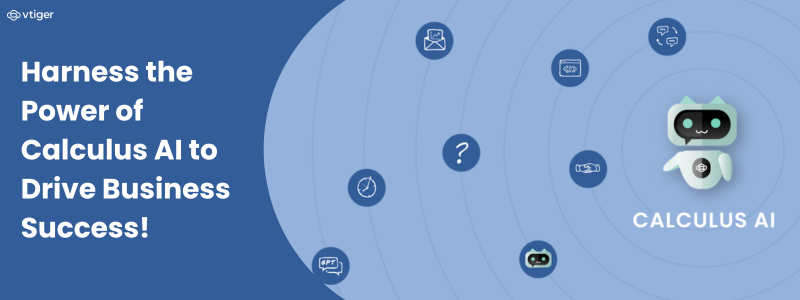Artificial Intelligence (AI)- generated content is undoubtedly transforming the approach to content production. From automated news articles to personalized marketing copies, AI is reshaping the writing process and offering unparalleled efficiency.
Let us begin by understanding what precisely AI-generated content is.
What is AI-generated content?
Any content, such as text, images, graphics, animations, avatars, videos, speech, music, and more, generated by machine learning tools with human prompts is AI-generated content. Tools like Chat GPT, Gemini,
For example, you can quickly write a short essay about your travels using Chat GPT. You need not have traveled to the said destination at all! You can also generate related images using these AI tools.
Sounds too good to be true? Well, consider the convenience – you can generate all sorts of content – from college essays, travelogues, training content, stories, and poetry to even programming code! While it may sound fantastic, AI-generated content comes with its pitfalls. Let us take a look at the pros and cons of AI-generated content.
Pros of AI-Generated Content
- Faster content creation
Upon necessary prompts by content creators, AI text generators can provide instant copies full of valuable insights. The generated material offers a great starting point for blog articles or posts, giving you an edge in your content-creating process. This eliminates the need for researching and brainstorming, as you only have to provide the AI generator with a topic.
Still, human involvement is essential to ensure accuracy and add creativity and tone. A content writer should always take over after the AI generator has given its initial output.
- Decreasing Cost for Quality Content
Hiring quality content writers may cost hundreds of dollars per project, depending on the required length, number, and technical knowledge. Although this could be money well spent for top-notch research material, AI writing tools offer an alternative that could be more suitable for more straightforward content requests. Many AI writing programs are free or charge a monthly subscription fee for tens of thousands of words produced. This proves to be a more cost-effective solution than hiring human writers. Compared to the work and detail a human writer could provide, AI-generated will give you 10x the work for a fraction of the cost.
- SEO-friendly content
AI-generated content can be a significant asset in the search engine optimization (SEO) game. The software is designed to pull content from popular and SEO-optimized sources to create content tailored to your desired topic. This is especially helpful if your knowledge or experience in writing specific keywords or structuring pages for optimum SEO performance is limited.
AI-generated content may be more beneficial for straightforward pieces, such as blog posts, rather than articles requiring expertise and authority.
- No more writer’s block
Using AI as a tool to develop ideas is a fantastic way to save time and create more content in less time. Based on your prompts, AI can suggest content ideas, themes, graphics, or even paragraphs that will help in your creative process.
- Editing and Proofreading
Editing, reviewing, and proofreading content can be time-consuming. Errors and mistakes may still be present in reviewed content. Here, AI can be of great benefit by being used to check for spelling errors, grammatical mistakes, typos, etc. Based on the requirements and the prompt, AI can also suggest brief changes to make the text flow smoothly and easier to read.
Cons of AI-Generated Content
- No Gray Areas, Just Factual Results
AI-generated content is predominantly based on factual data and algorithms that prioritize accuracy. I agree that this is beneficial in several contexts but also results in a lack of depth and emotional intelligence. AI lacks subjective interpretation in contexts drawn upon from personal experiences and cultural and emotional experiences.
- Plagiarism
One of the biggest concerns with AI-generated content is plagiarism. Since these systems often pull information from various sources without proper attribution, they might reproduce phrases, sentences, audio, or visuals without crediting original authors.
- Limited Language Capabilities
The creativity shown by human writers in their ability to play around with languages and mix words to employ humor and cultural references is something severely lacking in AI-generated content. Content generated by AI is often monotonous and bland.
- Redundancy
The training data patterns often make AI-generated content redundant and repetitive. Using similar sentence structures, overused expressions, cliches, and more makes the content robotic and common. When readers read this content, their interest is lowered, and engagement is reduced.
- Limited Creativity
At its core, an AI tool takes existing data from various sources and spins them into comprehensible responses to specific questions. So, despite its ability to create content, AI is limited by the boundaries of the data used to train it. More importantly, AI can’t yet have an original idea. It can spark inspiration, showing human content writers a glimpse of possibilities, but AI is yet to be imaginative. If two human content creators use the same tool to write about the same topic, they might become copies of one another.
As we embrace the power of AI tools in content creation, it’s essential to prioritize authenticity. Copy-pasting generated text without adding your unique voice can undermine your credibility and lead to plagiarism risks. Instead, take the time to personalize and refine the AI-generated content, ensuring it resonates with your audience while maintaining originality. Remember, AI is a tool that can enhance your efficiency, but it is your creative touch that genuinely brings the content to life.
Rather than labeling AI-generated content as good or bad, we should focus on understanding how to use it effectively. As we navigate the evolving landscape of content creation in 2025 and beyond, we will encounter remarkable advancements and significant challenges. Striking a balance in utilizing AI-generated content is crucial; by consciously blending AI capabilities with quality and authenticity, you can create engaging material that genuinely connects with readers.
Curious to know more about AI and its possibilities? Check out our blogs on AI here.



